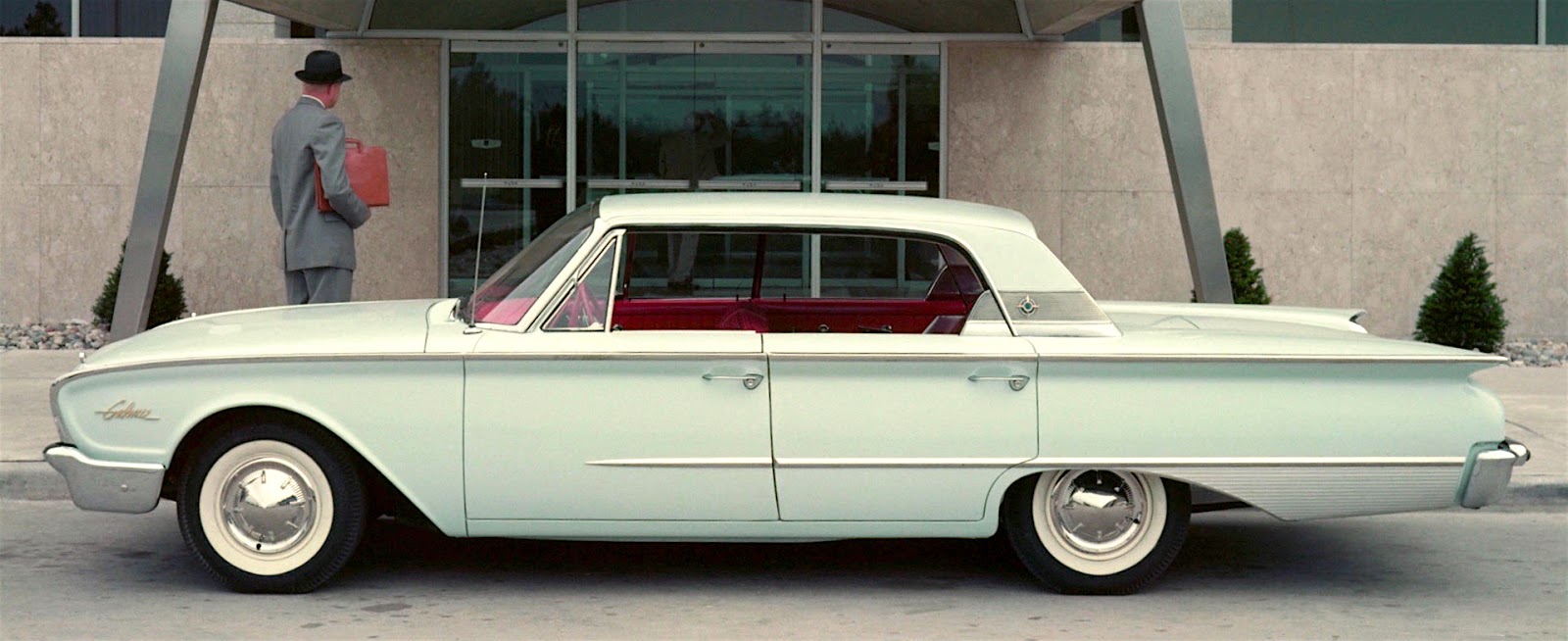The link above, as of early July when this post was being drafted, asserted that the X-Type had only about 20% of its components from the Mondeo. Also noted was a Financial Times interview with styling director Ian Callum who stated that nearly all the styling was done in Detroit, not at Jaguar.
As it eventuated, the X-Type sold fairly well compared to Jaguar's more up-market models. But sales levels were far below expectations and the X-Type was eventually dropped after that Mondeo was phased out.
In the Gallery below, Mondeos in various poses are shown along with X-Types in similar perspectives so that the extent of the facelift can be seen. Ford's effort clearly went far beyond simple "badge engineering" (superficial detail changes between brands using the same body platform).
As might be expected, similarities of these platform mates are strongest around the firewall/cowling area. Compare the cowlings, windshields, and the front door cut lines. The front air intake openings and lower running lights share the same locations, though not the same shapes. Otherwise, the Jaguar's looks are different. For instance, the aft part of the passenger greenhouse features a mild feeling (if not shape) of the well-known Jaguar "tuck" when viewed from this angle.
The Jaguar's frontal design has far more elements than the Mondeo's. That was because stylists were trying to cram as many classic Jaguar large-sedan design cues as they could on a smaller, shorter-hood patch of automotive real estate -- the grille with the center bar and jaguar-head badge, for instance. And the headlamps where the larger ones are at the edges of the car while the other two nestle against the grille. But what is most troublesome are the not-quite-so-Jaguar-like various sculpted bits across the top of the front end. From the left it starts with the curved top of the front fender: okay, so far. But that is followed by a similar curve above the secondary headlight. Immediately to the right of that is a more tightly radiused trailing edge of the grille frame. Finally, there is a small, secondary plateau near the hood's centerline. Way too much going on here. I would have raised the fender line and main headlights slightly and replaced the fillets trailing the secondary headlights with a smooth catwalk with the raised part of the hood being more strongly tapered -- broader towards the cowling. The front would still be cluttered, but less so at least.
Gasoline filler caps are in the same location on both brands. Trunk cut lines and tail light assembly areas at the rear look similar, suggesting few body stamping changes were made. The X-Type does have more of a bustle back. Fender sheet metal and rear doors differ. The Jaguar's rear styling is far less cluttered than at the front.











































